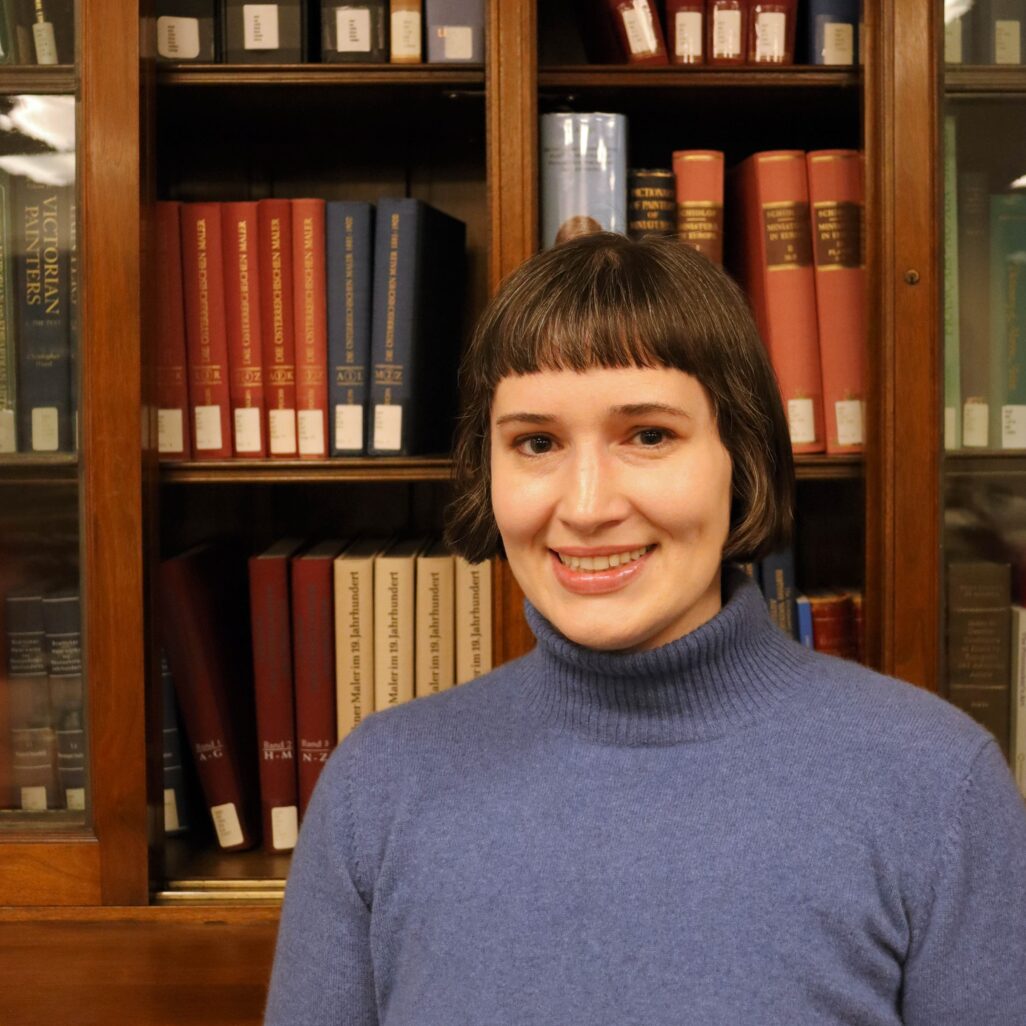A 1944 pottery demonstration by Florence French Holm, head of the ceramics department at Washington University’s School of Fine Arts. SLAM Archives
“Time Capsule” is a 1 Fine Arts Blog series drawing on the rich history of the Saint Louis Art Museum as documented through its institutional records. Established in 1976, the Museum Archives preserve and provide access to historic records chronicling spaces, events, exhibitions, and other activities. Materials from the Archives are open to the public by appointment in the Richardson Memorial Library’s reading room.
The Saint Louis Art Museum’s origins date to 1879, when the Saint Louis School and Museum of Fine Arts was founded as part of Washington University. It was located in a building that has since been demolished on what is now Locust Street. In addition to studio and art-history lessons, the school of instruction offered night classes in bookbinding, drafting, and other technical arts for day laborers.
The arts and crafts movement “is a subject in which I felt great interest for many years,” wrote Halsey Ives, the institution’s first director, in a 1906 correspondence. “As long ago as thirty-two years, when I began work of establishing a Museum and School of Art, I insisted that a feature should be made of the applied arts, i.e. the arts and crafts.”

Flyer for night classes offered at the Saint Louis School and Museum of Fine Arts. SLAM Archives
Ives strongly believed that artistic applications to commonplace objects of workmanship allowed for art to be appreciated and enjoyed in everyday life. In addition to educating the art worker, the museum and school aimed to assist tradespeople in applying artistic principles to their work.
St. Louis at that time had gained recognition for its industrial prowess: “To many over the world she has become known as a great producer of shoes, of sewer-pipe, and many other needful things,” according to Advancing Saint Louis in Art, 1906. Against this backdrop, and on the heels of the 1904 World’s Fair, art served as a necessity for St. Louis to gain footing as a national cultural center.
In pursuit of this achievement, the Museum offered public lectures on the incorporation of artistic principles into industrial production. Holding these lectures on Sundays and holidays, outside of normal work schedules, allowed industrial workers to attend. Evening technical classes proved a success, with the school of instruction reaching over 15,000 technical students by 1907. From November to April, school rooms were made available during evening hours for study purposes, and a second term for night classes was also offered in summer months. Promotional materials encouraged stonecutters, wood-carvers, engravers, sign painters, and mechanics to enroll in these courses. Sample coursework subjects in design and applied art included book covers, stained glass, illustration, ceramic decoration, pyrography (wood burning), and advertising signage.
After moving into its current location atop Art Hill following the World’s Fair, the museum and school officially separated in 1909. This established the public City Art Museum and the private arts school, now known as the Sam Fox School of Design & Visual Arts at Washington University.

Pottery demonstrations in the galleries, circa 1930s. SLAM Archives

A 1944 pottery demonstration by Florence French Holm, head of the ceramics department at Washington University’s School of Fine Arts. SLAM Archives
While the school was no longer central to the institution, the Museum’s education department invited local craft workers—specifically potters, weavers, and bookbinders—to demonstrate practical art making in the galleries as early as the 1920s. Many of these craft workers were employed as art instructors at the school and remained connected to Museum colleagues through the local art scene.
Without a dedicated classroom in place, these art demonstrations took place alarmingly close to paintings and works on display in the galleries. A series of children’s programs called “How Artists Work,” for example, was designed to showcase the work of different art specializations. Florence French Holm, head of the ceramics department at Washington University’s School of Fine Arts, demonstrated techniques for pouring molds, throwing pottery on the wheel, and glazing objects. Similarly, Lillian Glaser, instructor of weaving at the School of Fine Arts, illustrated her craft on a loom and allowed children to browse her collection of textiles from her travels.
For additional information on the history of craft workers, check out SLAM’s Craft History in the Archives.
